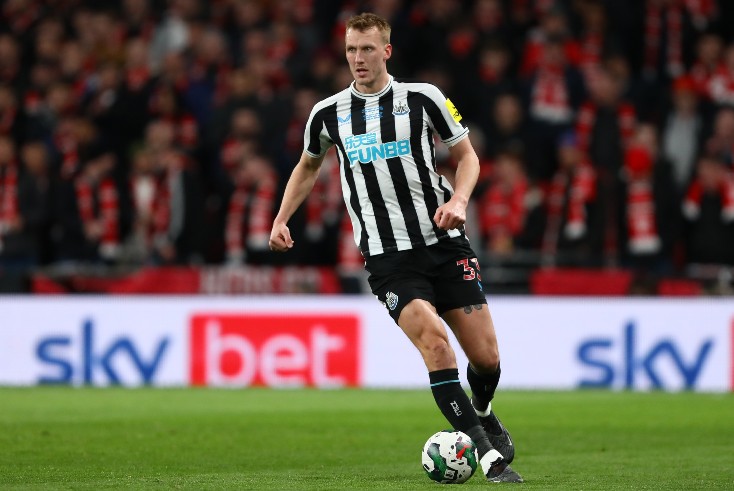Gambling ads ban has ‘almost no impact’ on Premier League shirt sponsorships


The Industrials sector is now the most common sponsor of the front of shirts across 225 professional football, cricket, and rugby teams in England.
Accounting for 14.5% of front shirt sponsorships, Industrials have surpassed Consumer Services (12.7%), which saw a five percentage point decline in sponsorship deals this year, research from sponsorship services company Caytoo has revealed.
The growth of the Industrials sector — a three percentage point increase from last year — was driven primarily by new deals from Materials/Chemicals firms, a sub-sector that was not represented at all last year. Industrials was the most common sector overall and for cricket and rugby teams, but not football teams.
That honour instead goes to Consumer Services primarily because of Gambling’s continued dominance of front of shirt sponsorships. Gambling sponsors account for one in every six football deals (15.4%) and one in every 11 total sponsorship deals (9.1%).
Gambling advertisements have come under criticism in recent months. As gambling apps have become more popular and easy-to-use, advocacy groups have argued gambling ads are harmful, can lead to addiction and financial ruin, and often target young individuals.
Earlier this year, the Premier League announced it would ban gambling sponsors on the front of shirts beginning in the 2026-2027 season. Gambling brands will, however, still be allowed on sleeves and hoardings.
News publisher The Guardian also announced in June it would no longer carry gambling ads.
“The ban on front of shirt gambling sponsorships, which comes into effect in three years, plus the increasing outcry from fan groups on such deals has had almost no impact over the last year,” said Alex Burmaster, head of research and analysis at Caytoo. “Over a third of Premier League teams still have a front of shirt gambling sponsor, only one fewer than a year ago. This shows that the economic realities and fierce competition in football trump other considerations and the clubs will need to keep taking gambling’s money until they’re no longer legally allowed to.”
Overall, Travel & Tourism and Food & Beverage sectors both had the biggest increase in the number of sponsorships deals over the past year (+4 percentage points, respectively). The former category’s growth was driven by a rise in sponsorship deals with women’s teams. In contrast, the Automotive sector had the biggest drop (-7 percentage points), driven by less activity from car retailers among women’s teams. Just one car retailer now sponsors a women’s team (Adam Hewitt for Worcester Warriors women), down from five last year.
“There’s little doubt that women’s sport is receiving more exposure and goodwill than ever, including a lot of talk from sponsors about how committed they are to gender equality using major international sporting events,” concluded Burmaster. “However, it’s clear from the research that many sectors have work to do in terms of translating this lip service beyond signature global events down to domestic teams.”
Major brands launch Women’s World Cup ads in ‘late money’ TV market
